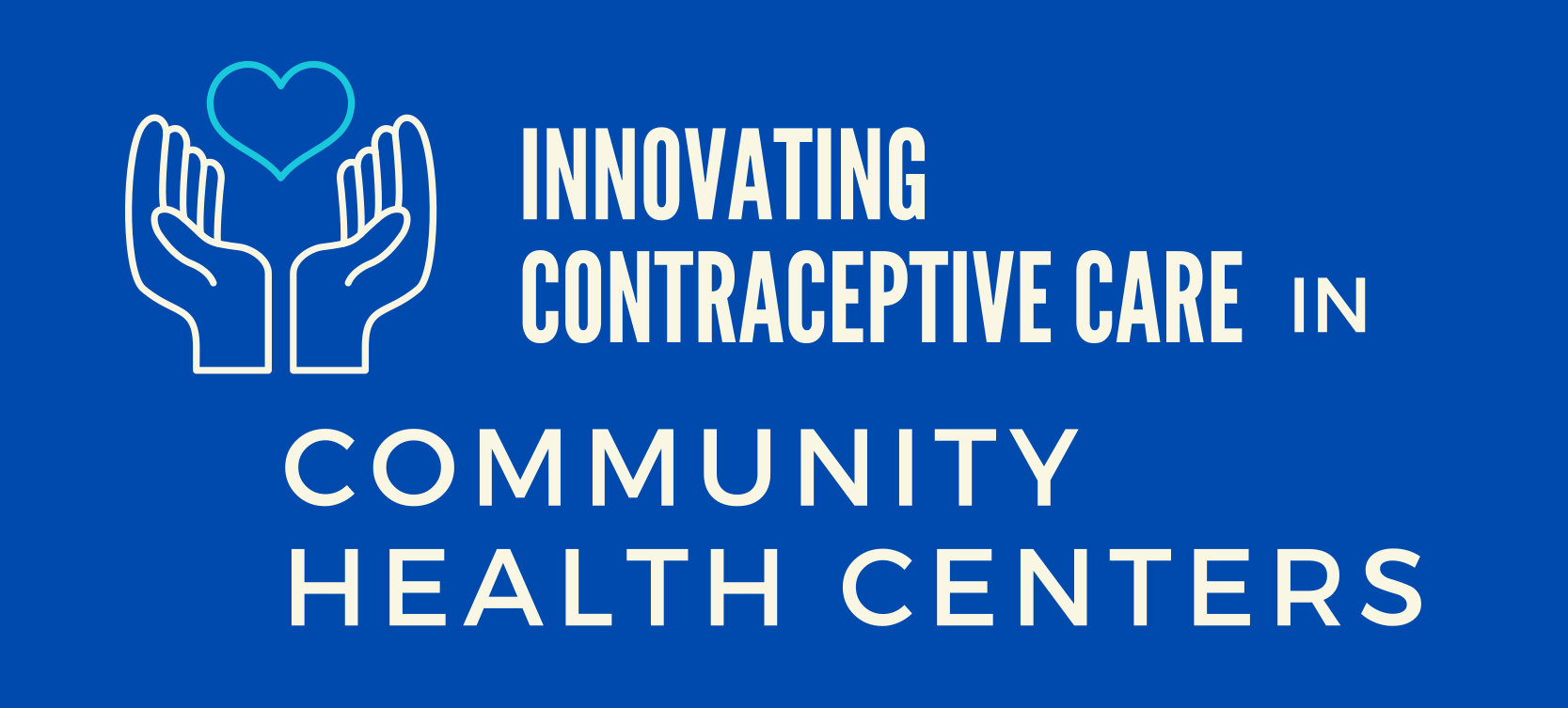Critical to the success of any QI project is the formation of a multidisciplinary QI team, preferably with individuals in different positions / roles with a range of perspectives and expertise on what changes may lead to improvements in quality of contraceptive care.
Though teams differ in size and composition, CHCs are encouraged to include the following roles on their Project QI teams:
-
Team Leader: This individual understands both the clinical implications of proposed changes and the consequences such changes could trigger for other aspect of the CHC’s operations, such as staffing, workflow, and budget. They typically should have sufficient power and authority at their CHC to implement small, incremental changes (as part of PDSA cycles in the testing phase) without regular sign-off from higher-level leadership.
-
Coordination Lead: This individual supports the Team Leader by managing the day-to-day implementation of the Tandem Use Project, assuring that PDSA cycle tests are carried out as planned, overseeing data collection, and regularly communicating updates about the project to all involved team members. This person must work well and closely with the other members of the QI team.
-
Technical Expert: Data Management and Health Information Technology Systems: This individual has the technical expertise to provide guidance on collection, interpretation, and reporting of data, including how to obtain data from various systems [e.g., Electronic Health Records (EHR), practice management systems] and assess extracted data for accuracy and completeness.
-
Clinical Champion: QI teams should include members that are familiar with the process under review and represent those departments (or activities within departments) that will or may be affected by change interventions. Accordingly, the Tandem Use Project’s QI team should include a clinician to champion the project’s work among other providers. This person should have the tenure and expertise necessary to evaluate the CHC’s clinical care and processes related to contraceptive care and counseling.
-
Other Care Team Representatives: Depending on how patients’ self-identified need for contraception is asked and documented and how contraceptive counseling is integrated into care delivery, CHCs also may want to include one or two other members of the care team as QI team representatives. Any changes implemented as part of the project will impact the care provided by these team members, so it’s important to seek their feedback and buy-in.
This model suggests the optimal size of a team is between five and eight individuals, however CHCs may choose to have smaller or larger teams.

